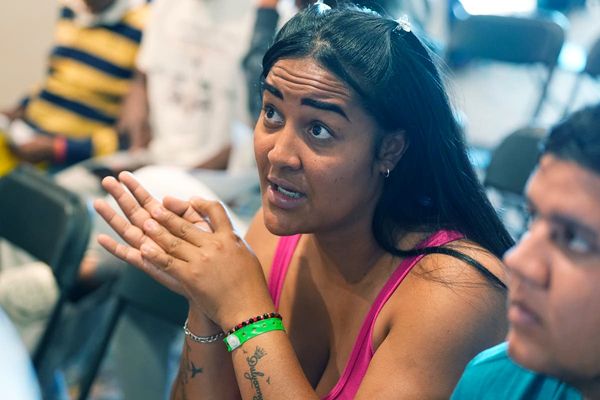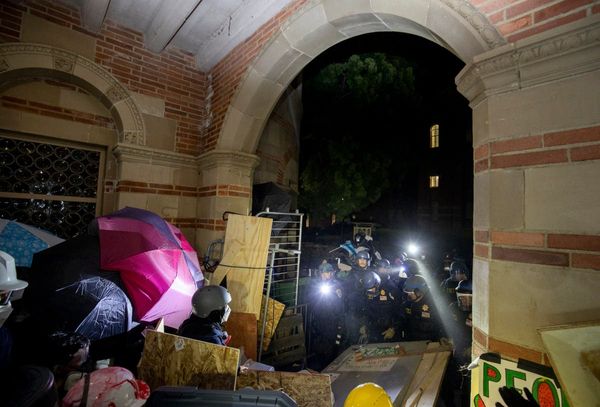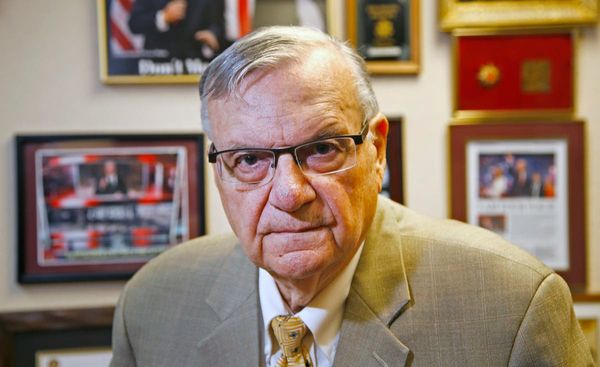Consumers pulled back on their spending even as inflation rates and gasoline prices cooled in July, giving Americans a much-needed reprieve from shelling out more money for housing and food costs.
Personal income increased slightly by only 0.2% in July, which was well short of expectations while consumer spending also rose by a scant 0.2%.
The personal consumption expenditures price (PCE) index declined by 0.1% in July from June, the first drop in overall prices since April 2020 when the U.S. economy started to feel the pain from the global pandemic.
The PCE price indices are the Federal Reserve’s preferred inflation measures - PCE inflation was 6.3% in July, down from 6.8% in June on a year-over-year basis overall.
“The PCE is what the Fed uses as their gauge for inflation and it moved in the right direction for inflation,” Art Hogan, chief market strategist B Riley Financial, told TheStreet. “One month’s data is not enough, but it is certainly progress. The economic data continues to be much better than feared.”
Energy Costs Declined
Gasoline prices are still “inching down” to $3.849 a gallon, which is 46 cents cheaper a gallon from a month ago, said Patrick De Haan, head of petroleum analysis at GasBuddy, the Boston provider of retail-fuel-pricing information.
Americans are spending $450 million less on gasoline now compared to mid-June and in 35 states the average price of gasoline is under $4. The most common price across the U.S. is $3.59 a gallon with the lowest 10% of stations selling gasoline at $3.20 a gallon.
The decline in gasoline prices plays a large role in consumer confidence even though Americans now spend 5% of their income for energy costs while in 1980 they spent a higher amount at 15%, Hogan said.
“Energy takes a lot more of our mind share than our wallet share,” he said. “The pullback in energy costs helped sentiment.”
Consumer Sentiment Rises
Consumer sentiment improved in July as inflation declined and some costs such as gasoline declined.
The University of Michigan's consumer sentiment survey rose to 58.2 in August from 51.5 in July while consumer expectations increased to 58.0 in August from 47.3 in July.
The increase in consumer sentiment and expectations was seen across all ages, education, income, region, and political affiliation and is attributed to the recent deceleration in inflation, said Joanne Hsu, director of surveys of consumers at the University of Michigan.
“Lower-income consumers, who have fewer resources to buffer against inflation, posted particularly large gains on all index components,” she said. “Their sentiment now even exceeds that of higher-income consumers, when it typically lags higher-income sentiment by over 15 points. Hopefully, this tentative improvement will continue, as overall sentiment remains extremely low by historical standards.”
Energy prices fell almost 5% in July, but food prices rose by 1.3%, the sixth straight month of increases of 1% or more.
Consumers are reacting to lower gasoline prices, "probably a lot of that is the improved psyche behind falling gas prices that are down for 10 straight weeks," De Haan told TheStreet. "People are feeling more optimistic as record gas prices ease to more familiar territory."
Core PCE, which excludes food and energy, was 4.6% year-over-year in July, down from 4.8% in June.
“Although inflation slowed in July, both overall and core remain far above the Fed’s 2% objective and is running at close to the fastest pace in 40 years,” said Gus Faucher, chief economist for PNC, a Pittsburgh-based bank. “After months of very high inflation, the small drop in prices was welcome.”
Consumers still spent money for durable goods such as cars, furniture and recreational goods and vehicles in July.
"We still do not look for durable goods spending to drive consumption going forward," Tim Quinlan, senior economist and Shannon Seery, an economist at Wells Fargo Securities, wrote in an Aug. 26 research note. "The cost of financing these big-ticket items is set to rise with Fed rate hikes."
While consumers spent more freely on clothing, transportation, furniture and cars, they pulled back on shelling out money for dining out, gas and groceries, said Gregory Daco, chief economist at EY Parthenon.
"Based on the spending mix over the last couple of months, we anticipate consumer spending growth will fade from 1.5% in Q2 to around 1.2% in Q3," he said.
Inflation continues to place a burden on the amount of money that Americans can save. The savings rate remains at 5%, which is the lowest rate since 2009 and well below its pre-Covid level while consumers are "simultaneously leading to a rise in the use of credit," Daco said.
Powell’s Hawkish Tone
Fed Chairman Jerome Powell committed to achieving “price stability,” which the Federal Open Market Committee defines as PCE inflation of 2% in a hawkish speech during the annual Jackson Hole, Wyoming monetary policy conference, Faucher noted.
“He used ‘price stability’ nine times in his remarks,” he said.
Powell said he is seeking inflation rates that are low enough that businesses and households do not have to consider it when making purchases in the future since the lack of price stability results in “will not achieve a sustained period of strong labor market conditions that benefit all.”
The fed funds rate will need to move above the neutral rate to get inflation back down to 2% and reach price stability, Powell said.
“In the current circumstances, with inflation running far above 2% and the labor market extremely tight, estimates of longer-run neutral are not a place to stop or pause,” he said.
The size of the rate increase at the Fed’s Sept. 21 meeting will depend on data and slowing down the pace of hikes will be appropriate in the future, Powell said.
He added that after increases of 75 basis points at the past two Fed meetings, “another unusually large increase could be appropriate” in September.
The fed funds futures market is pricing in a 45% probability on Aug. 26 of a 50 basis point increase at the Sept. 21 meeting, which is up from 36% from Aug. 25 and a 55% probability of a 75 basis point increase, down from 64%.
“PNC’s baseline forecast is for a 50 basis point increase on September 21, although it will depend on the August jobs report (September 2) and August CPI report (September 13),” Faucher said.







